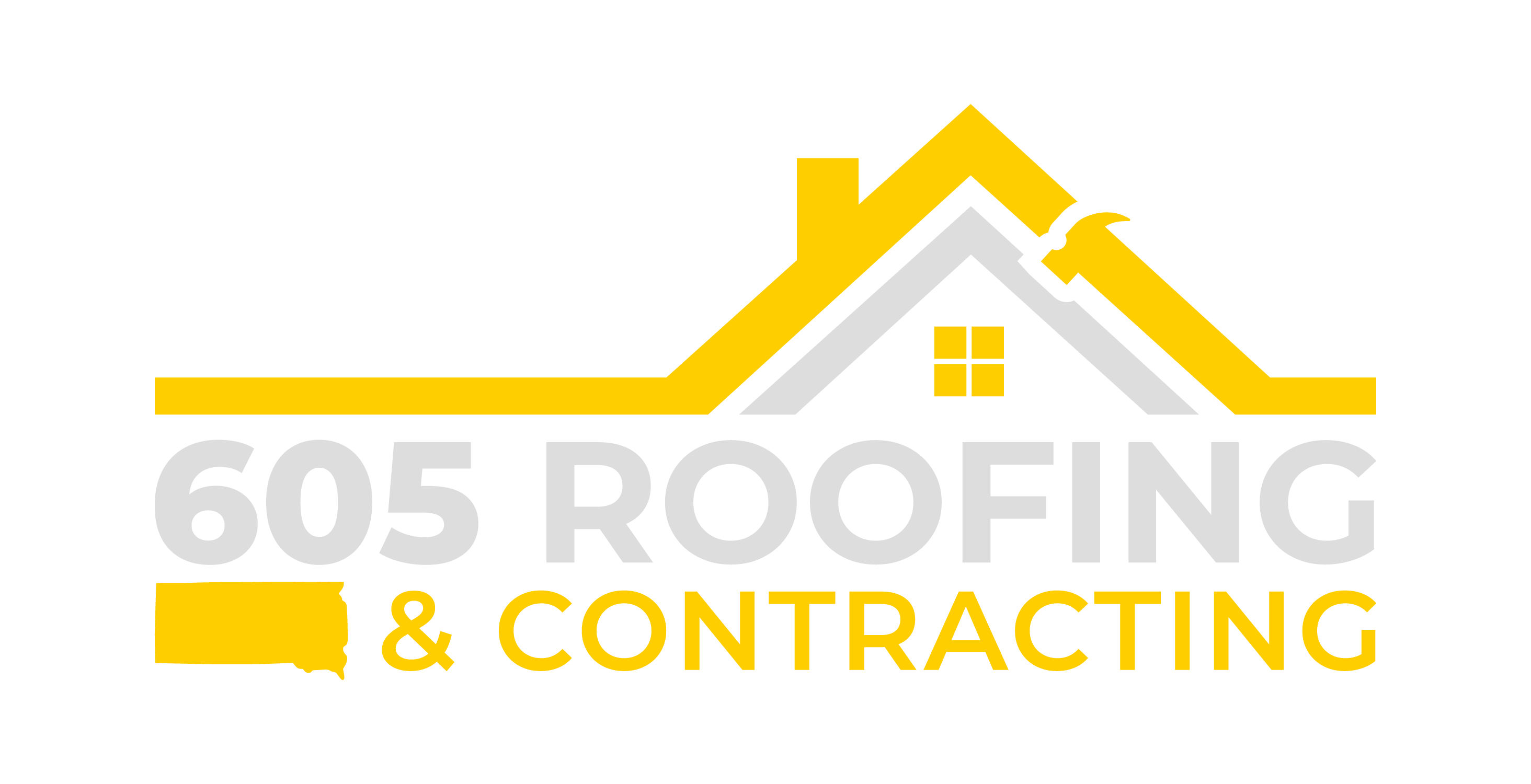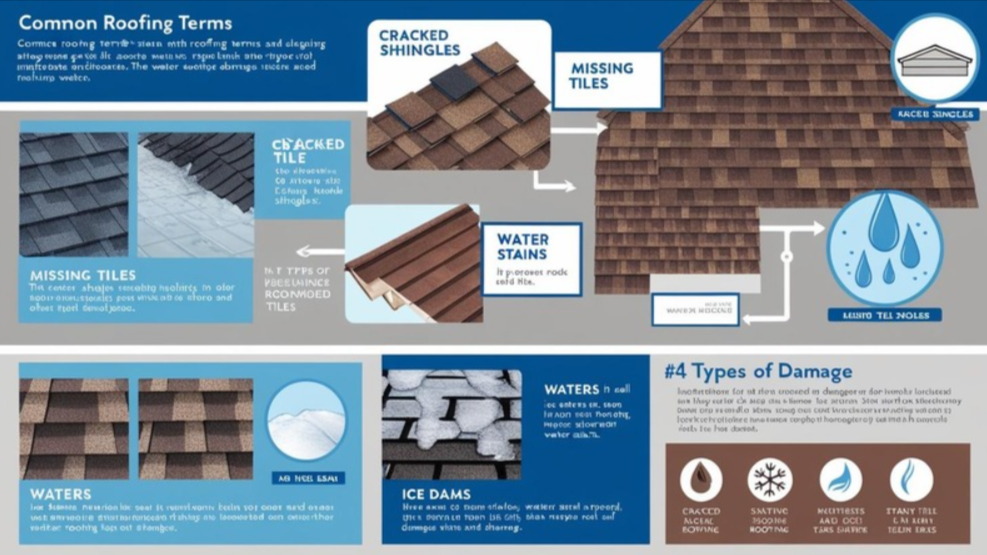When it comes to maintaining a secure and comfortable home, understanding roofing terms and damages is essential. Whether you’re a homeowner, property manager, or industry professional, having a working knowledge of roofing terminology and damage types helps in communicating with contractors, making informed repair decisions, and safeguarding your investment.
This comprehensive guide brought to you by 605roofingandcontracting.com will walk you through everything you need to know—from common roofing materials to the most frequent causes of damage.
What Are Roofing Terms and Why They Matter
Roofing terms are the industry-specific words and phrases used to describe components, materials, and procedures associated with roofs. Knowing these terms makes it easier to navigate quotes, warranties, insurance claims, and repair decisions.
For example, understanding the difference between a ridge vent and a soffit vent, or knowing what a roof valley is, can be the difference between overpaying and getting fair service.
Most Common Roofing Terms Every Homeowner Should Know
Basic Structural Terms
-
Decking: The base layer of the roof, often made from plywood or OSB (Oriented Strand Board), onto which shingles and other materials are applied.
-
Rafters: The angled beams that form the structural framework of your roof.
-
Trusses: Engineered wooden structures that provide roof support, commonly used in modern homes.
-
Eaves: The lower edges of the roof which overhang the building’s walls.
-
Ridge: The highest point on a roof, where two sloped roof sections meet.
-
Valley: The internal angle formed by the intersection of two roof slopes.
Material & Weatherproofing Terms
-
Shingles: The outermost protective roofing material, usually asphalt, wood, tile, or metal.
-
Underlayment: A water-resistant layer beneath shingles, offering an extra barrier against moisture.
-
Flashing: Thin pieces of metal used to prevent water penetration at joints or roof projections like chimneys or vents.
-
Drip Edge: A metal flashing installed at the edges of the roof to direct water away from the fascia and into gutters.
-
Soffit: The underside of the roof overhang, which often has vents to promote airflow.
-
Fascia: A board running along the roof edge, often where gutters are attached.
Types of Roofing Damage Explained
Roof damage can range from cosmetic wear to serious structural issues. Understanding different types of roofing terms and damage helps identify problems early and choose the best repair options.
Weather-Related Roofing Damage
-
Wind Damage: High winds can lift shingles, break seals, or even rip parts of the roof off.
-
Hail Damage: Hail can cause punctures or granule loss on asphalt shingles, making them vulnerable to leaks.
-
Water Damage: Water can infiltrate beneath shingles due to broken seals or improper flashing, leading to rot and mold.
-
Snow/Ice Dams: Ice dams form when snow melts and refreezes at the eaves, pushing water back under the shingles.
Structural and Material Failures
-
Sagging Roof: Indicates underlying structural issues, such as weakened decking or support beams.
-
Blistering: Air or moisture trapped under the roofing material causing bubbles or blisters.
-
Curling Shingles: Often caused by improper installation or age; reduces the roof’s ability to repel water.
-
Cracking: Common in older shingles, allowing water to seep through.
Signs You Need a Roof Inspection or Repair
Recognizing the early signs of roofing damage can save thousands in costly repairs.
-
Missing or damaged shingles
-
Water stains on ceilings or walls
-
Mold or moss growth
-
Sagging spots or visible dips
-
Granules in gutters
-
Higher energy bills due to ventilation issues
For accurate assessments and expert service, 605roofingandcontracting.com offers detailed inspections and honest recommendations.
Different Roofing Materials and Their Durability
Asphalt Shingles
-
Most common in North America
-
Lifespan: 15-30 years
-
Affordable and easy to install
-
Vulnerable to high winds and hail
Metal Roofing
-
Lifespan: 40-70 years
-
Highly durable, energy-efficient
-
Resistant to fire, wind, and snow
-
Higher upfront cost
Tile Roofing (Clay or Concrete)
-
Lifespan: 50-100 years
-
Excellent in hot climates
-
Heavy—requires strong structural support
-
Expensive and fragile under impact
Slate Roofing
-
Lifespan: 75-200 years
-
Fireproof, elegant look
-
One of the most expensive
-
Very heavy and requires expert installation
Roofing Maintenance Tips to Prevent Damage
Proactive maintenance can extend your roof’s life and minimize damage.
-
Regular Inspections: Schedule a roof checkup every spring and fall.
-
Gutter Cleaning: Keep gutters free of leaves and debris to prevent water backup.
-
Trim Overhanging Trees: Prevent branches from falling on the roof and minimize leaf accumulation.
-
Seal Flashings: Ensure all metal flashings are sealed and intact.
-
Address Small Issues Promptly: Fix loose shingles or tiny leaks before they escalate.
How Insurance Handles Roofing Terms and Damage
Insurance policies often include coverage for sudden and accidental damage, such as from storms or fires, but may exclude wear and tear.
What’s Typically Covered
-
Windstorm or hail damage
-
Fallen trees or debris
-
Fire-related roof damage
-
Vandalism
What’s Typically Not Covered
-
Damage from lack of maintenance
-
Mold or rot from slow leaks
-
Damage from pests or animals
-
Older roofs past their lifespan
605roofingandcontracting.com works directly with insurance companies to help clients get the compensation they deserve.
Roof Replacement vs. Roof Repair: What to Choose?
Deciding whether to repair or replace depends on the extent of damage and the age of your roof.
| Condition | Best Option |
|---|---|
| Isolated, minor shingle damage | Repair |
| Sagging, rot, or large leaks | Replace |
| Roof older than 20 years | Replace |
| Multiple past repairs | Replace |
| Budget limitations | Repair (short-term) |
Pros and Cons of Roofing Types and Services
| Feature | Pros | Cons |
|---|---|---|
| Asphalt Shingles | Affordable, widely available, easy to install | Shorter lifespan, less eco-friendly |
| Metal Roofing | Long-lasting, recyclable, fire-resistant | Noisy during rain, costlier upfront |
| Tile Roofing | Extremely durable, aesthetically pleasing | Very heavy, fragile, high installation cost |
| Slate Roofing | Elegant, lasts over a century, fireproof | Most expensive, requires expert installation |
| 605 Roofing and Contracting | Local expertise, transparent pricing, insurance-friendly | Limited to service areas around South Dakota |
Choosing the Right Roofing Contractor
Finding the right roofing company ensures a job well done. At 605roofingandcontracting.com, we specialize in reliable roofing services tailored to your specific needs. Here’s what to look for:
-
Licensed and Insured: Protects your home and the crew.
-
Detailed Estimates: Transparent pricing with clear timelines.
-
Customer Reviews: Check Google, Facebook, or BBB ratings.
-
Warranty Offerings: Look for both workmanship and material warranties.
-
Local Experience: Familiarity with local climate and code requirements.
FAQs About Roofing Terms and Damages
What is flashing, and why is it important?
Flashing is a metal barrier installed at roof joints and around protrusions like chimneys or skylights. It prevents water from seeping into the roof structure.
How long does an asphalt roof typically last?
Standard asphalt shingle roofs last between 15-30 years, depending on installation quality and environmental factors.
Can I repair my roof myself?
While minor fixes like replacing a shingle may be DIY-friendly, we highly recommend hiring licensed professionals like 605 Roofing and Contracting for safety and long-term results.
What is an ice dam?
An ice dam is a ridge of ice that forms at the edge of a roof and prevents melting snow from draining. This can lead to water backing up and leaking into the home.
Are all roofing damages covered by insurance?
No. Only sudden or accidental damage is typically covered. Wear and tear, rot, and maintenance-related issues are usually excluded.
What’s the best time of year for roof replacement?
Spring and fall offer the best weather conditions—cool enough for proper sealants to adhere and dry quickly.

